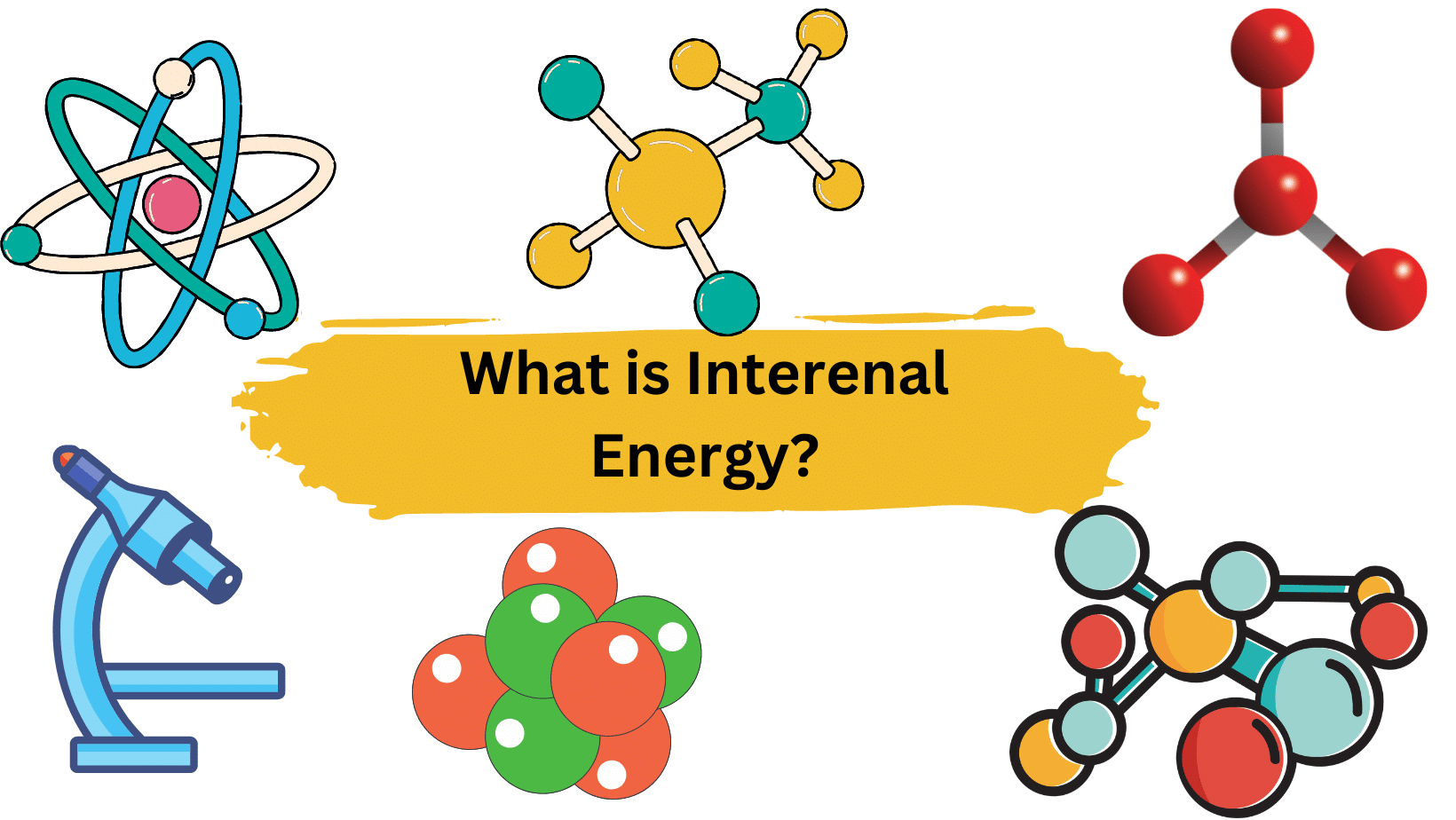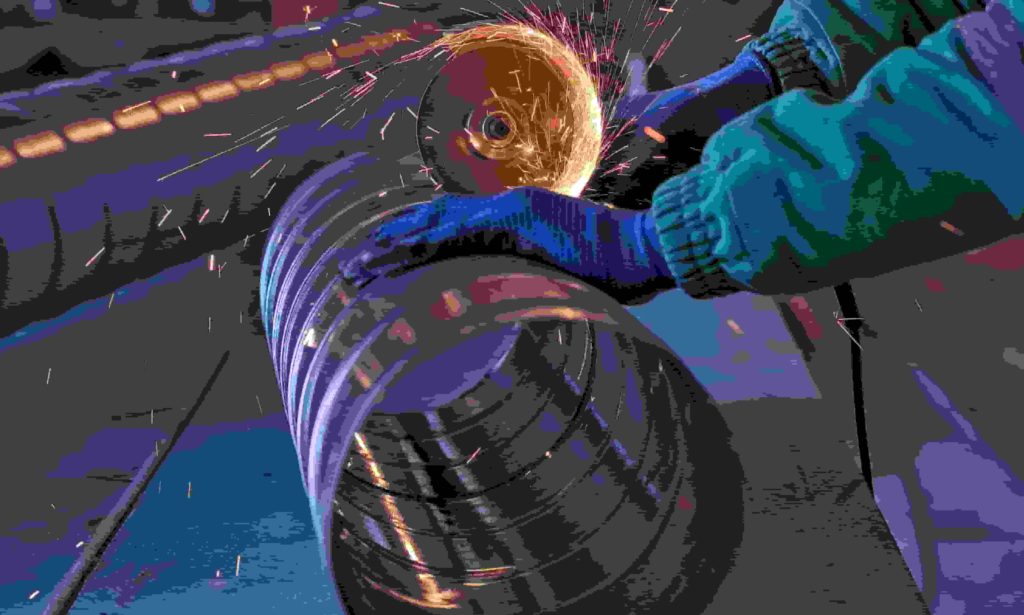When an atom gains or loses an electron and becomes positively or negatively charged, it becomes an ion. When an atom turns into an ion, its atomic radius (distance between nucleus and valence electrons) changes, this new radius is known as the atom’s ionic radius.
Table of Contents
Ionic Radius Definition
The radius of an ion from its nucleus to its valence electron is defined as its ionic radius. The ionic radius is difficult to calculate due to ion overlap in a lattice structure.
Ionic Radius Trends in the Periodic Table
- Moving down the periodic table, atoms add extra shells (number of electrons), causing the ionic radius of elements to increase.
- Ionic radius decreases moving from left to right across a row or period.
What is an ion?
Ions are atoms or groups of atoms (molecules) that have an electric charge. When an atom gains electrons, it becomes negatively charged (anions), and when it loses electrons, it becomes positively charged (cations).
Cations are negatively charged ions. For example, in sodium chloride (NaCl), a neutral sodium atom (Na) releases an electron to form a sodium cation (Na+), and a chlorine atom (Cl) in a chlorine molecule (Cl2) accepts an electron to form a chloride anion (Cl–).
More Links
Is MgCl2 Ionic or Covalent?
Ionic Compounds| Properties, and Examples
SO2 Ionic or Covalent?
Hydrogen Phosphate Formula
Sodium Phosphate – Formula, Structure, Types, and Uses
Hydrogen oxide-An Overview
- BCl3 Lewis Structure in four simple steps - November 1, 2023
- PH3 Lewis Structure in four simple steps - October 8, 2023
- PF3 Lewis structure in four simple steps - September 24, 2023



